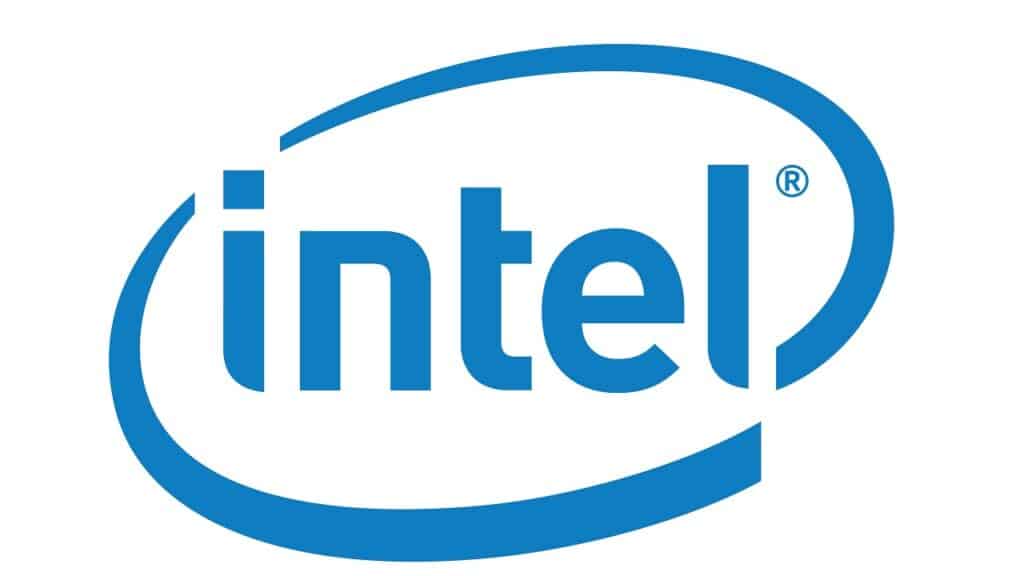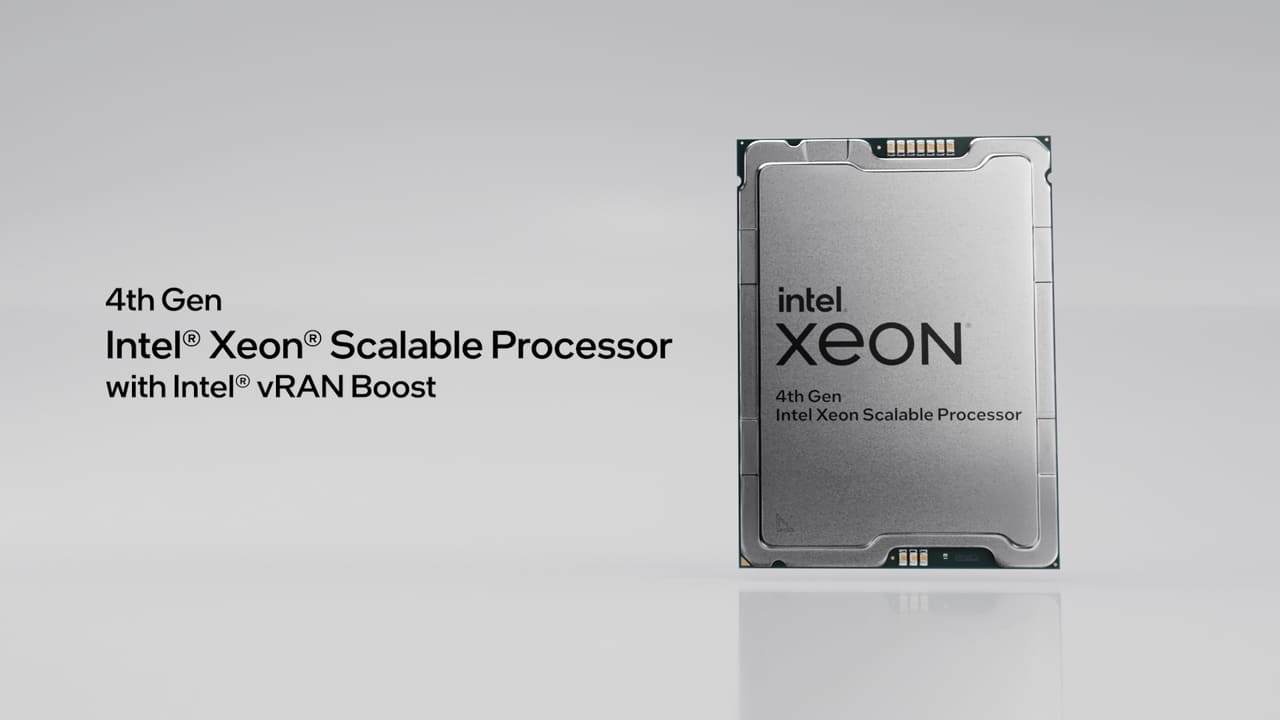For more than ten years, Intel and its partners are working on network virtualization globally, from the core to the radio access network (RAN) to the edge, in a transition from fixed-function hardware to programmable software-defined platforms, making the most agile networks while reducing complexity and cost. Intel today announced a range of new products and solutions who will drive this transition, as well as support from leading operators, original equipment manufacturers (OEMs) and independent software developers (ISVs).
Intel, here are all the new products launched at MWC 2023
MEDIAWORLD – the best of Technology with Discounts up to 50%
Al Mobile World Congress 2023, Intel demonstrates that nearly all vRANs and virtualized network cores are based on Intel and demonstrates support from major carriers, device manufacturers, and developers for new hardware and software products.
Intel, the new products: vRAN has arrived and almost all installations are based on Intel
The need for high performance, scalable, flexible and energy efficient systems is driving the transformation of mobile networks from fixed function, silicon and hardware towards software-based and fully virtualized platforms on generic processors. An increasingly rapid virtualization of RAN enables Communications Service Providers (CoSPs) to meet future requirements while improving energy efficiency and reducing total cost of ownership (TCO).
Fully integrating acceleration vRAN nel system-on-chip (SoC) Of Intel Xeon and by eliminating the need for an external accelerator card, Intel offers twice the capacity of previous generation processors at the same power consumption and up to an additional 20% power savings thanks to integrated acceleration, which goes far beyond the already impressive gain in terms of performance per Watt of the 4th Generation Intel Xeon platform.
With this combination of compute innovation and feature integration, Intel expects 4th Generation Xeon Scalable processors with Intel vRAN Boost to equal or better the performance per Watt of the best accelerator cards SoC Layer 1 available on the market today, while offering the benefits of virtualized software-defined networks.
Software-based 5G core networks, delivering cloud-native agility
At the core of the network, Intel is leading the evolution towards cloud-native architectures, based services with open solutions, to improve performance, TCO, energy efficiency, security and the lack of visibility on the network stack. Intel hardware and software solutions will enable reti core 5G to work more effectively and efficiently to achieve a balance between the needs of companies and those of customers in terms of energy efficiency, performance and latency.
To further assist operators in modernizing their networks by reducing their total cost of ownership (TCO) of the 5G core, the processors 4th Generation Intel Xeon Scalable they achieved performance of for the first time 1 Tbps per l’User Plane Function (UPF) 5G within a single server with two sockets⁴, which was further verified by Samsung.
In addition, the new Intel Infrastructure Power Manager reference software for 5G Core dynamically analyzes server run-time consumption as a function of data traffic without compromising performance parameters such as throughput, latency and packet loss.
The software, in testing with Casa Systems, NEC and Nokia, significantly reduces the time-to-market per ISV and operators by simplifying access to key features of 3rd and 4th Generation Intel Xeon Scalable processors, including power telemetry, fine-grained power control, and low-latency frequency shifts.
Operators can use the reference software to reduce network operating costs and accelerate progress towards their network goals zero net emissions, achieving potentially significant savings and a significant amount of offsetting CO2 emissions.

Intel sets the pace at the edge
The massive growth at the network edge, tied in large part to the video services industry, will define much of this decade’s competitive landscape for service providers. Operator edge structures give operators a competitive edge in this growth scenario, but it is difficult to predict which specific video services will be most successful.
Together with partners Broadpeak, China Mobile, Cloudsky, Thundersoft and ZTE, the Intel Converged Edge Media Platformwhich provides multiple video services through a shared mutlitenant architecture and uses cloud-native scalability to meet ever-changing demands.
Video services, such as content delivery networks (CDNs), cloud gaming, mixed reality, and 3D renderings can be delivered in a single cloud-native environment backed by applications with CPU and GPU accelerators. Operators no longer need to invest in dedicated resources for services that may never launch, instead they can start with a generic architecture and leverage cloud-native scalability to change or scale services as their needs change.
The acceleration your customers choose
Alongside the integration of network acceleration already present in the processors 4th Generation Intel Xeon ScalableIntel is extending its Agilex 7 FPGAs and eASIC N5X ASIC devices for cloud, communications and embedded applications.
The transition from networks give 200G you get 400G will begin in 2023 for cloud service providers (CSPs), with communications service providers (CoSPs) following in 2024, and Intel Agilex 7 FPGA AGI 041 devices will enable next-generation 400G acceleration infrastructure solutions. AGI 041 devices offer the right balance of capacity, energy efficiency and performance for Infrastructure Processing Units (IPUs) and network solutions.
Additionally, Intel offers the unique ability to further optimize the cost and power consumption of 400G infrastructure solutions through structured ASICs Intel eASIC. For network workloads, the N5X080 devices can reduce core power consumption by up to 60% compared to an FPGA, while reducing prototyping time by 50% compared to a traditional ASIC.
The Intel booth at MWC 2023 will feature demos on building 5G networks and delivering 5G services with testimonials from partners such as Dell, Ericsson, Microsoft and Verizon, among others.















Leave a Reply
View Comments